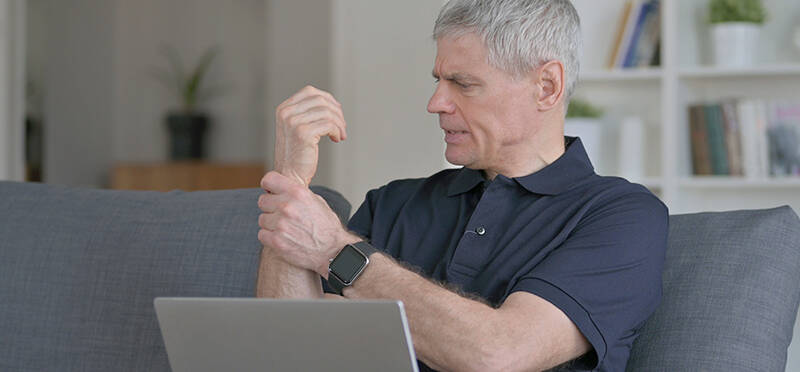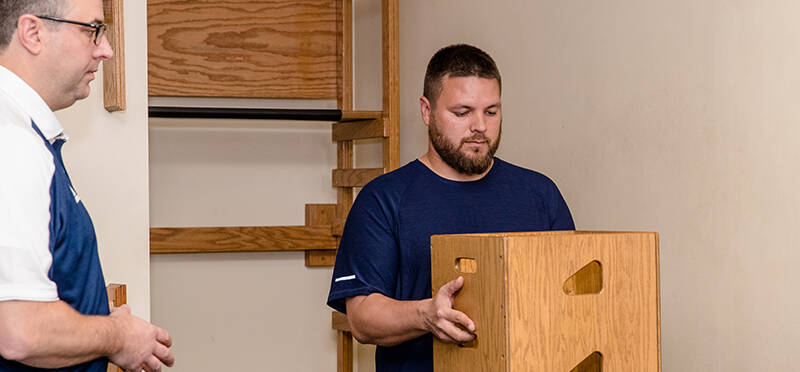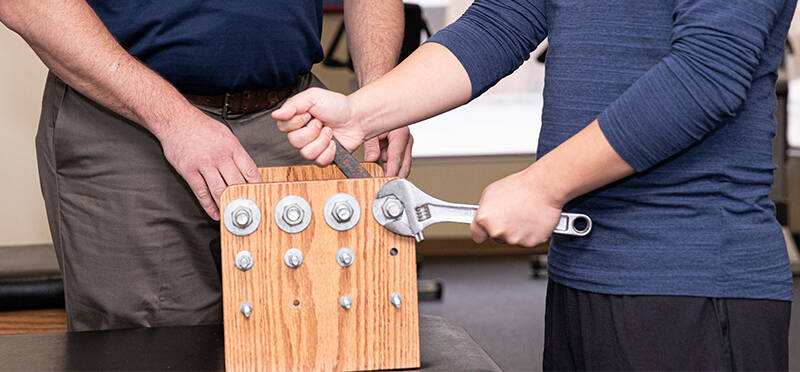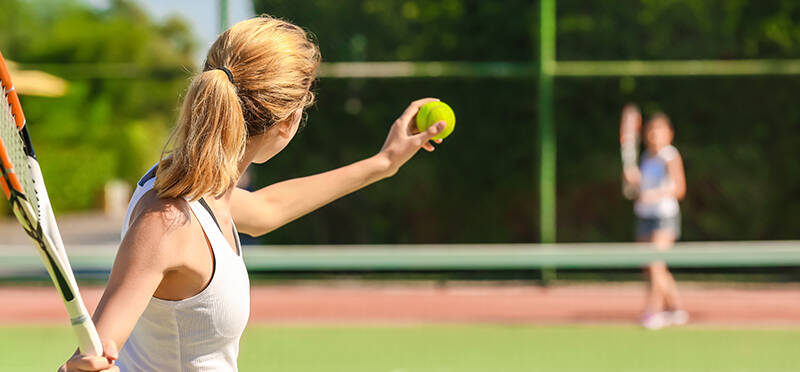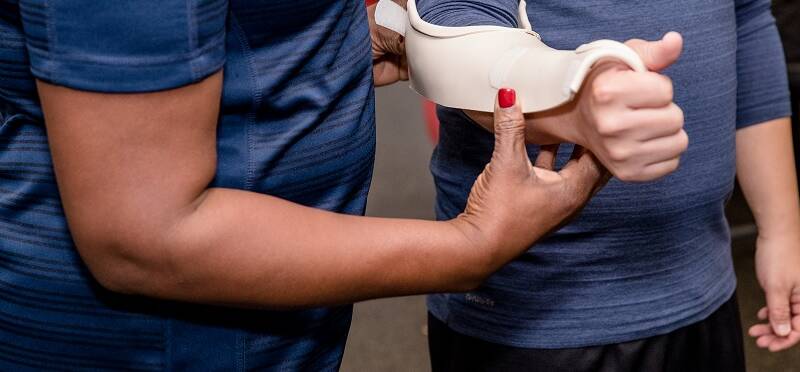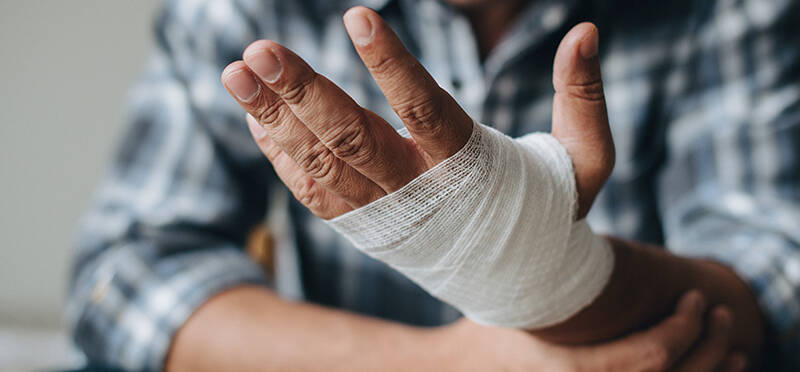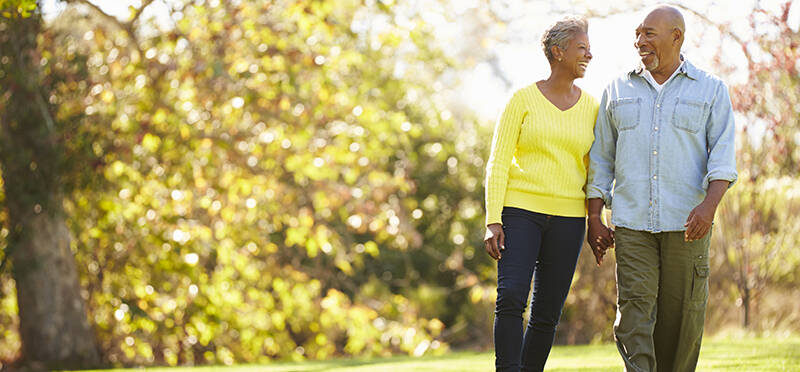The Bare Hand Necessities for Grip Strength and Function
Posted on June 8, 2022 by Erik Krol, MOT, OTR/L
Tools and technologies can help complete our daily routines, but they are only as skillful as the user. In some...
(more…)




